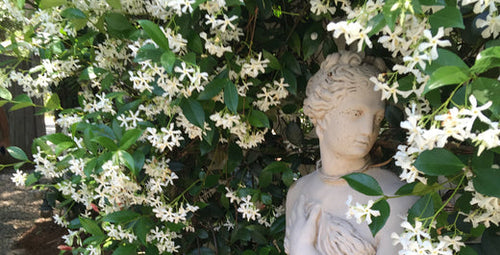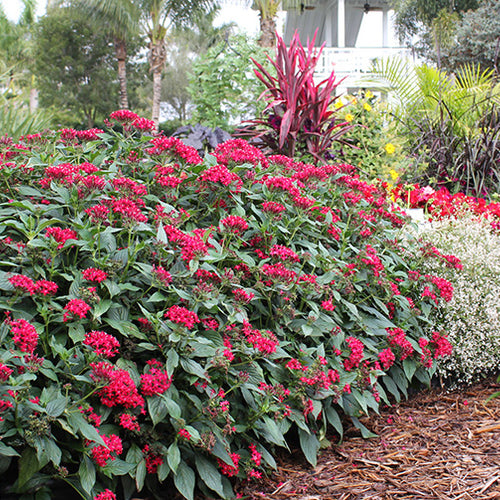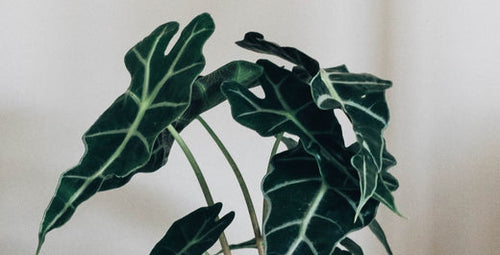By Karen Weir-Jimerson
Bees are such fun little creatures,” says Michelle Opela, Integrated Pest Management (IPM) Manager for Costa Farms. Michelle’s enthusiasm for bees started when she attended Cornell University where she earned a Bachelor of Science degree. Plus, her Dad is a beekeeper, so she’s spent a lot of time with bees. As the Manager for IPM, she works with many different types of beneficial insects, so she appreciates the role bees and other pollinators play in our world. “Pollinators -- they grow our food,” she says.
According to government agriculture sources, bees pollinate approximately 130 agricultural crops in the US. That includes fruit and nut trees, vegetable crops, and fiber plants. It’s almost impossible to overstate the importance of bees to our food supply.
On any work day, you may find Michelle in the greenhouses communing with bees and other pollinators. “We grow snapdragons in the greenhouses,” she says. “The way these flowers are formed, the bees have to wiggle themselves into the bloom,” she laughs. “All you see is this little butt sticking out.”
As a first-time homeowner, Michelle is as aware of the importance of bees in her yard as well as in her work. “I don’t have a large garden space, but I plant containers with pollinator-friendly plantings,” she says. (See 10 flowers that butterflies love.)
Here’s Michelle’s advice for attracting bees (and other pollinators) to your yard.
- Add a Selection: A diversity of different types of flowers will bring in the most pollinators. “Plant a variety of flowers and add in herbs,” says Michelle.
- Think about Bloom Shape: "Butterflies like tall plants with tubular-shape flowers,” she says. “Bees really love foxglove -- that style of flower. Sometimes I’ll find bees sleeping inside the blooms,” she says.
- Make it Bountiful: "An eye-catching garden or group of containers with a plethora of blooms will attract scout bees,” she says. “They are looking for and foraging for food -- they’ll return to the hive and communicate your location with other bees,” she says.
Written by Karen Weir-Jimerson

















